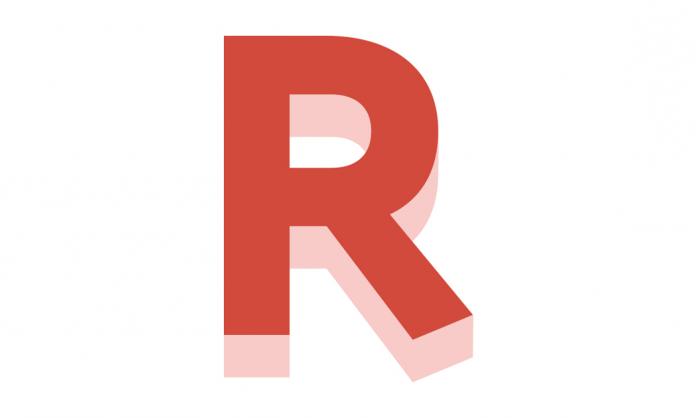There are two sides of the housing crisis in Australia.
On one side are the rich. Over the next four years, the federal Labor government is going to give $100 billion to wealthy investors. The money will be handed over as income tax reductions from negative gearing, which cost $18 billion last year and this year are predicted to hit $24 billion.
Negative gearing lets investors deduct losses associated with their investment property from their taxable income. If the income received from rent is less than the interest paid on loans, depreciation and other costs, that difference comes off their taxable income. Combined with discounts on capital gains tax (the tax on money investors make when they sell a property), this allows rich landlords to buy properties, reduce their income tax and then sell the property for a killing when prices rise.
Contrary to the myths pedalled by Labor, the Liberal Party and the property industry about “mum and dad” investors, the rich own most investment properties in Australia. The most common investors are surgeons and barristers, and the majority of investors own two or more properties.
On the other side of the crisis are workers, students and the poor, and it’s a very different story for them. Rents across Australia rose by 12.8 percent last year, the biggest increase on record, and are set to rise a further 11 percent in 2023. In Sydney, rents for units have gone up by 18.6 percent, while in Melbourne they rose 20 percent. To afford to pay the $575 median rental in Sydney without being in rent stress (paying more than 30 percent of your income), you would need to be earning $100,000 a year. Soaring rents, low vacancy rates and the rising cost of living mean increasing numbers of renters are facing evictions, unsafe living conditions and homelessness.
Public housing has been gutted as state governments sell off existing housing to developers and restrict access rather than building properties. Over the past 30 years, the supply of housing has been virtually halved, while in New South Wales alone, the number of applicants in urgent need has doubled in only three years. Nationwide, there are 176,000 households on the waiting lists, with many more estimated to need housing.
These are the two sides of the housing crisis. The rich getting richer from investments and government handouts, while workers, students and the poor go to the wall.
The Labor government has made it clear whose side it is on. When Anthony Albanese, who owns a couple of investment properties himself, was asked if his government would reduce the capital gains tax discounts going to the rich, his reply was an unequivocal “no”, with a “full stop, exclamation point”.
The $100 billion going to the rich could instead be used to make housing more affordable. It’s enough to build 330,000 public housing properties or immediately raise the JobSeeker allowance above poverty levels. Add the $256 billion tax cut the government is giving Australia’s highest income earners and the $348 billion to be spent on nuclear submarines, and just think how much the lives of working-class people could be improved if the money was spent on housing, public health and education. But instead, the Labor government is committed to boosting the profits of the rich and preparing for war.
To fix the housing crisis, let’s start by taking some money off the rich and building a fight against their profits and the politicians who do their bidding.








